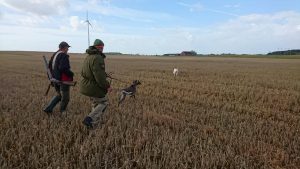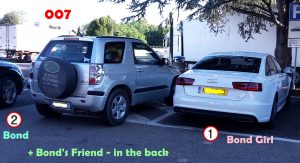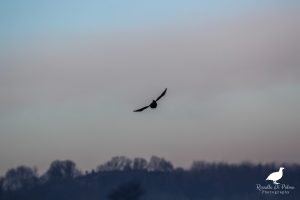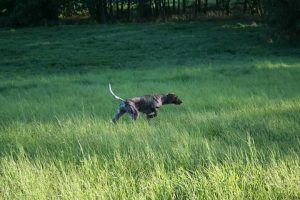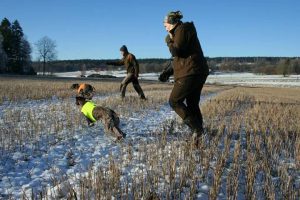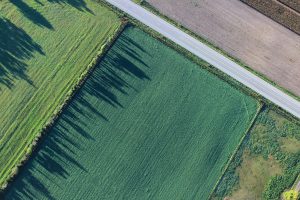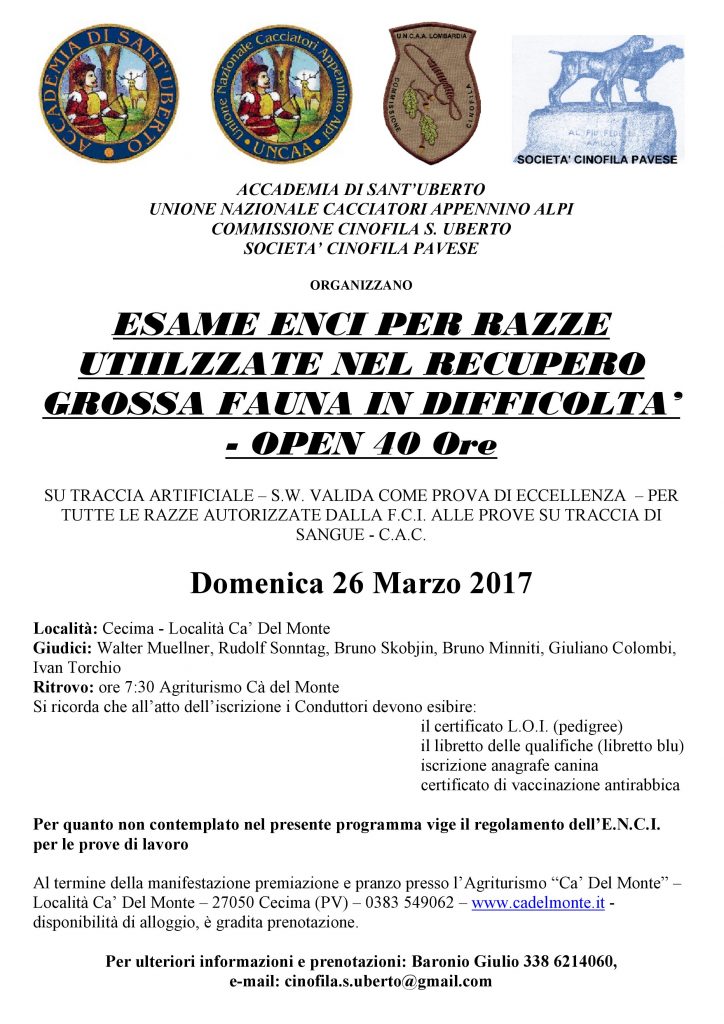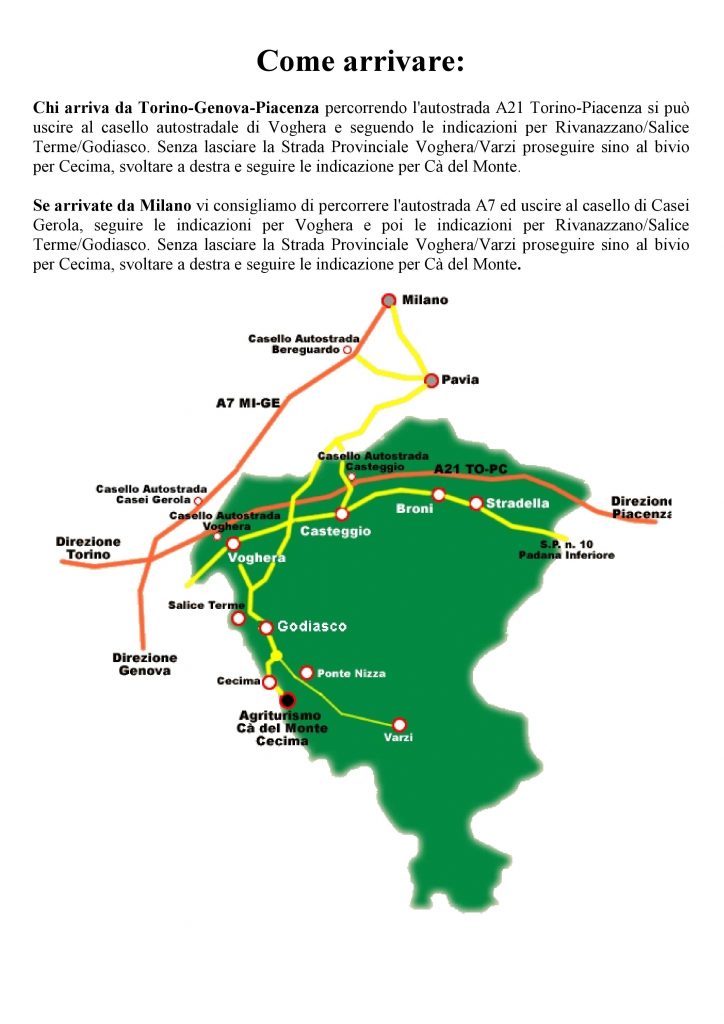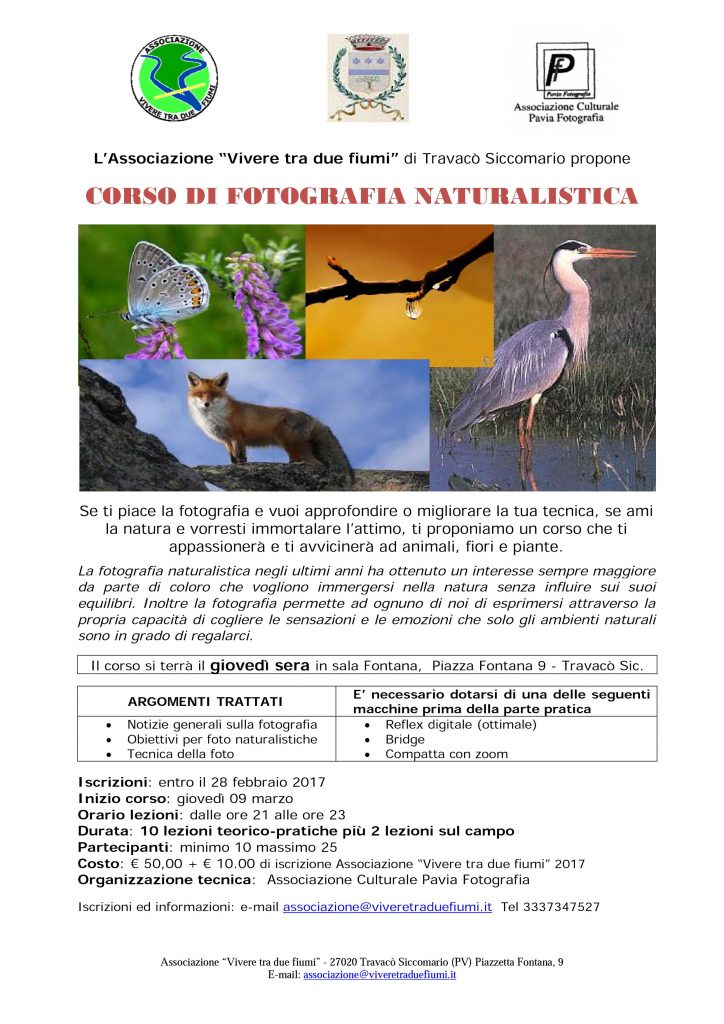Chi è sbagliato?
Oggi parliamo di cani unicorni. Ho scelto gli unicorni perché posso dire le stesse cose che direi sui cani senza che la gente si metta sulla difensiva. Perché… Quando tiri in ballo argomenti caldi, ci sono un sacco di persone diventano agressive assertive. È cominciato tutto qualche giorno fa, in un segretissimo gruppo Facebook, fatto da persone che si conoscono da più di vent’anni. Ci sono allevatori, giudici, addestratori, ciascuno portabandiera della sua razza. Ci sono anche un sacco di veterinari, e chiunque si renda conto di cosa sia la facoltà di medicina veterinaria sa quanto queste persone debbano essere determinate per laurearsi. Quindi, mettine un po’ insieme e avrai i fuochi d’artificio.
La miccia l’ha accesa un appassionato di genetica canina (che nella vita vera lavora nel marketing). Ha iniziato a pubblicare una serie di fotografie volte a dimostrare come le razze siano cambiate nel tempo. Prende una razza, quasi ogni giorno, e poi ne pubblica i cambiamenti affinché li si possano discutere. È filato tutto liscio fino alla pubblicazione dell’Unicorn Spaniel, quando io me ne sono uscita a chiedere come mai gli esemplari da lavoro di una razza assomiglino di più ai loro antenati di quanto non accada ai soggetti da show. Ho detto questo per l’Unicorn Spaniel, ma le mie perplessità riguardavano tutte le razze da lavoro che erano andate dividendosi in due ceppi. Avrei potuto dirlo per l’Unicorn Setter, per l’Unicorn Collie, per il Siberian Unicorn, per il Pastore di Urnicornlandia… Prendete una razza a scelta, tra quelle da lavoro, meglio se una di quelle che lavorano ancora, controllate vecchie stampe e vecchie fotografie e traete le vostre conclusioni.

Tornando al singolo episodio, è successo che uno dei vet (amico e gran prava persona!), appassionato di Unicorn Spaniel da bellezza, si è messo sulla difensiva accusandomi di essermi impuntata e voler avere ragione a tutti i costi. Ok, ogni tanto mi capita, ma non in questo caso. Gli ho mostrato alcune fotografie di Unicorn Spaniel da lavoro ne è rimasto sconvolto: erano tutti sbagliati, le orecchie non andavano inserite, lì le teste non parliamone, le zampe erano sbagliate eccetera. Nel frattempo, un’altra vet ed amica, allevatrice di Unicorn Retriever è passata di lì e ha commentato: “Oh, ma è la stessa diatriba che c’è per gli Unicorn Retriever”. Io capisco entrambi, davvero, e a modo mio simpatizzo con il loro punto di vista, ammetto persino che gli Unicorn Spaniel da show siano animali esteticamente molto gradevoli ma… allo stesso tempo, ritengo che si siano allontanati dal modello originale, altrimenti detto “giurassico”. Non sto dicendo che siano peggiori, solo che siano diversi!

Ammetto candidamente di essere appassionata unicorni da lavoro, ma non intendevo affatto dare torto a nessuno, né riattivare la solita, per quanto sempre saggia, discussione su linee da lavoro e linee da expo’. Intendevo, e intendo, capire PERCHE’ gli unicorni da lavoro sono ritenuti “sbagliati” dalla maggior parte delle persone, in special modo da chi frequenta le expo’. Sono la prima ad affermare che ci siano soggetti da lavoro ORRENDI, che non sembrano nemmeno più unicorni, ma sono anche pronta a ribadire che ce ne sono alcuni molto bellini. Il mio unicorno ideale è un bell’unicorno da lavoro. Non sarei felice con un unicorno brutto, ma allo stesso tempo, il mio unicorno, deve essere bravo in campo. Siffatti animali, sono la più pura espressione della bellezza: armonici e sobri, sono un piacere a vedersi, sia al guinzaglio che mentre lavorano. E, guarda caso, assomigliano anche ai loro antenati, soggetti creati per funzionare.
Durante la mia prima lezione di istologia (lo studio dei tessuti del corpo) all’università, il professore, introducendo la cellula, ha messo in chiaro che la forma è conseguenza della funzione e che questo era vero per una cellula, per un tessuto e per un organismo. Credo debba essere vero anche per gli unicorni, allora. Quindi, perché gli animali funzionali sembrano sbagliati? E perché lo sembrano anche se riflettono quanto scritto nello standard? Se leggete gli standard di razza con cura, noterete che molti di loro non promuovono, né tutelano, la maggior parte delle esagerazioni morfologiche che oggi fanno vincere un cane in ring.
Quindi, perché oggi vengono ricercate esagerazioni come mantelli super lunghi, orecchie esagerate, pelo da pecora, gambe extra corte e adipe in abbondante eccesso? Perché queste caratteristiche sono ritenute piacevoli? Dove è andato il buongusto? Il nostro senso estetico è stato contaminato dalla modernità (TV spazzatura, fast food, cineserie…)? Se è così, forse dovrei tornare nel passato mentre la questione, piuttosto filosofica, resta senza risposta
